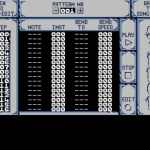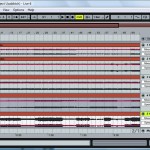Sure we missed it by a few weeks, but better late than never!
New in this version:







Comments